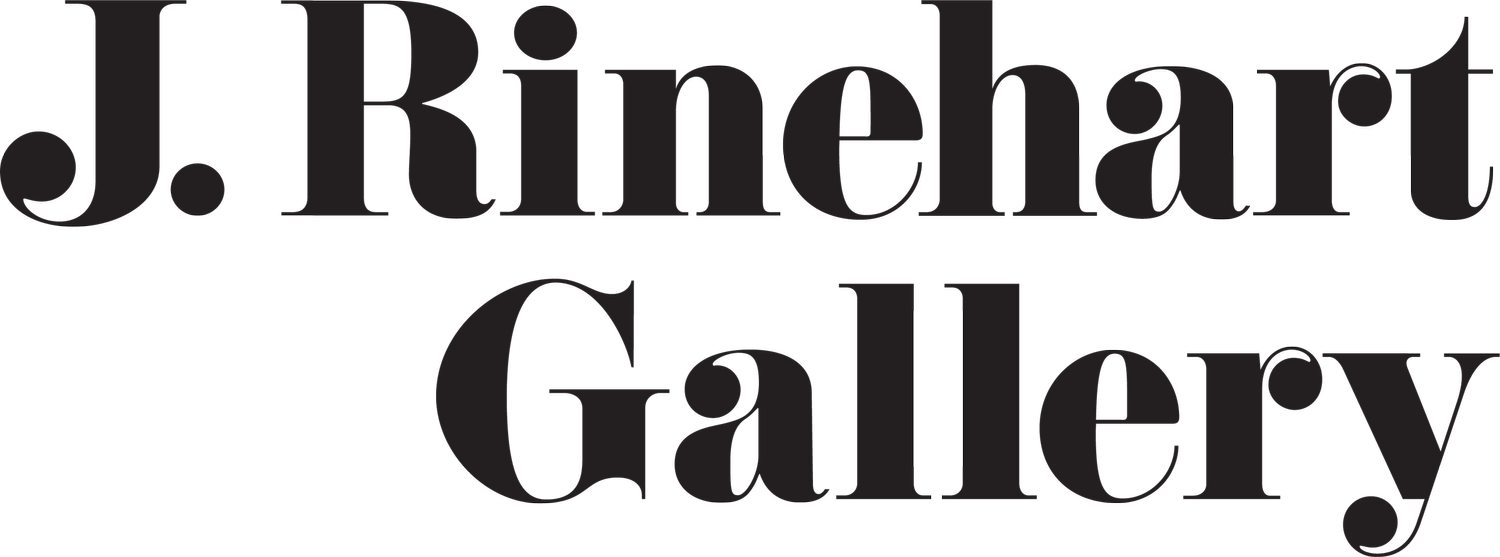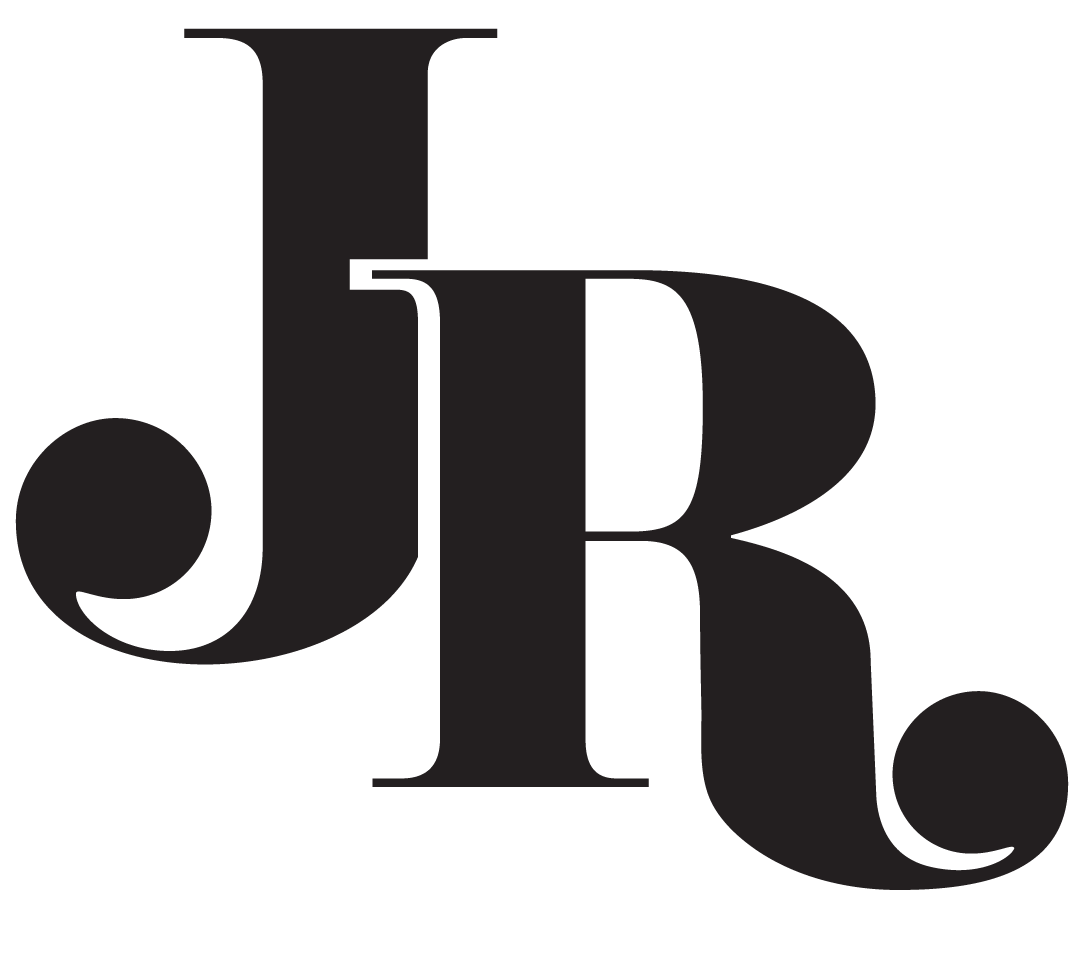SUSANNA BLUHM
THE MONKEY-ROPE
J. Rinehart Gallery announces our exhibition long-time Seattle painter, Susanna Bluhm. The Monkey-rope is a continuation of Bluhm’s semi-abstract landscape-based paintings from her Red Country series, in which she depicts her experiences meeting people and finding common ground in “red” states during the previous presidential administration. She states: “To me, experiencing landscapes (broadly defined, to include lunch and parking lots), and painting, are both acts of love.”
The Monkey-rope will be on view online and in the gallery, July 3 – August 7, 2021. Opening reception will held in the gallery Saturday July 3, 2021 from 2-6pm
Susanna Bluhm infuses a personal narrative throughout her paintings, looking at her personal agency within each landscape, and intentionally spends more time in a place by painting it. She uses paint to make physical contact again. In an intimate way, the paintings explore landscape as a lover and loved one, enmeshed with the paint, and without the safe distance usually afforded by the sublime in traditional Western landscape painting.
In conjunction with the exhibition, a catalog will be published with an essay written by arts writer and curator, Sharon Arnold.
-
My paintings are usually related in some way to my physical environments and experience of them. Source material I draw from when I’m painting often includes photographs I’ve taken of places I’ve been. Also, the paintings are experiments in creating new environments. An individual painting can become a new place in itself, with sensations of things that might happen in a place, such as weather, touch, landscape, temperature, sex or noise. Abstract marks interact with more recognizable shapes, and a kind of narrative ensues.
The paintings in this show are from my current project, called Red Country, where I am making paintings based on experiences in “red” states while Trump was president. For this project, I used painting as a way to meet people and not hate my country. To me, experiencing landscapes (broadly defined, to include lunch and parking lots), and painting, are both acts of love.
Semi-abstract “characters” show up in the paintings and suggest meanings with their repetition and associations with each other. For example, in Nebraska, I met a woman named Linda who told me there was a crane migration happening. Linda was wearing a black shirt with white polka dots and sat at her post in a museum gift shop next to a family of stuffed animal cranes. She told me about a field we could go to where we’d likely see the cranes. We went there (or maybe we didn’t, due to a wrong turn) but there weren’t any cranes. While I didn’t get to see cranes in Nebraska, I did see Linda, and I saw her family of stuffed animal cranes. So, the Nebraska paintings include a black shape with white polka dots and red, black and gray colored shapes like the vibrant heads of the stuffed cranes in the museum gift shop.
I’ve been reading Moby Dick while doing the Red Country project. Part of the title of each painting (the part in parentheses) is a chapter title from the book. The project, like the book, has been an epic, intimate slog, and it has been nice to have the book as my friend. The title of this show comes from a chapter called “The Monkey-rope,” which is a rope connecting someone standing on the deck of the whaling ship with the harpooner dangling overboard down by the whale. In this chapter, the narrator, Ishmael, has one end of the rope tied around him; the other is tied around the harpooner Queequeg – the scary, foreign other turned intimate friend.
Making these semi-abstract landscape-based paintings with a personal narrative running underneath is a three-pronged effort. I am looking at my agency in the landscape. I am trying to spend more time in the place by painting it. I’m using paint to make physical contact again. In this intimate way, the paintings explore landscape as a lover and loved one, enmeshed with the paint, and without the safe distance usually afforded by the sublime in traditional Western landscape painting.
It was a humorously perilous business for both of us. For, before we proceed further, it must be said that the monkey-rope was fast at both ends; fast to Queequeg’s broad canvas belt, and fast to my narrow leather one. So that for better or for worse, we two, for the time, were wedded; and should poor Queequeg sink to rise no more, then both usage and honor demanded, that instead of cutting the cord, it should drag me down in his wake. So, then, an elongated Siamese ligature united us. Queequeg was my own inseparable twin brother; nor could I any way get rid of the dangerous liabilities which the hempen bond entailed.
Herman Melville, Moby Dick, p. 349
-
Susanna Bluhm received her BA in Studio Art from Humboldt State University and her MFA in Painting from the University of Illinois at Urbana-Champaign. She has completed residencies at the Irish Museum of Modern Art in Dublin and at the Karl Hofer Gesellschaft in Berlin. In 2014, she was the recipient of the prestigious Neddy Artist Award in Painting and has been exhibiting her work regularly since 2004.









